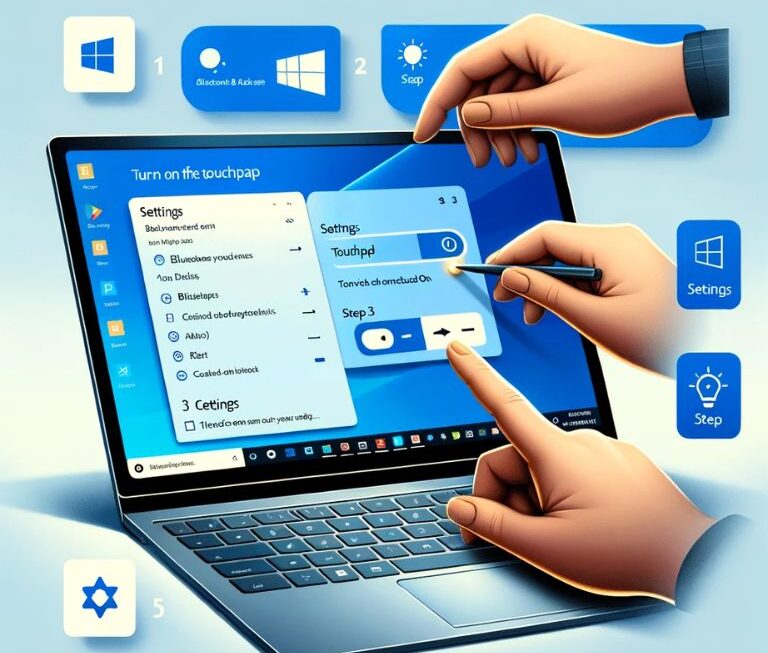In a bold move, Google is setting the stage for a significant evolution in the tech world by aligning Android with RISC-V. This leap forward is more than a mere technical update; it’s a strategic decision that could equip developers with unprecedented capabilities. By embracing RISC-V’s open-source architecture, Google is not only fostering innovation but also potentially reducing costs for developers and manufacturers alike.
The Rise of RISC-V: A New Dawn for Developers
RISC-V, known for its open-source hardware instruction set architecture, is emerging as a powerful alternative to the more traditional ARM and x86 architectures. Google’s initiative to integrate Android with RISC-V is a clear signal of the company’s commitment to innovation and its foresight in anticipating the industry’s direction. This alignment is poised to offer developers a broader spectrum of hardware options, which in turn could catalyze a new wave of Android applications and services.
Android and RISC-V: A Match for Greater Flexibility

The synergy between Android and RISC-V is set to unlock a new level of hardware flexibility, which could be a game-changer for the Android community. Developers will benefit from the ability to operate across a wider range of devices, potentially sparking a renaissance of application development. Furthermore, the move toward an open, unrestricted hardware instruction set like RISC-V could level the playing field for hardware manufacturers, encouraging a more competitive and diverse market.
Looking Ahead: Open-Source at the Forefront
Google’s forward-thinking approach is a testament to the company’s belief in the power of open-source technology. As Android blazes a trail for RISC-V integration, the entire tech ecosystem is on the cusp of a more inclusive and dynamic era. This strategic alignment with RISC-V not only underscores Google’s role as a pioneer in the tech industry but also highlights the company’s dedication to an open and accessible technological future.
Conclusion: A Future Shaped by Openness and Innovation
In conclusion, Google’s integration of Android with RISC-V is more than just a technical update—it’s a visionary move that could redefine the landscape of mobile computing. By championing open-source architecture, Google is paving the way for a future where developers and manufacturers can innovate without constraints. This could lead to a surge in creative applications, more affordable devices, and a richer, more diverse tech ecosystem. As we look to the horizon, it’s clear that Google’s commitment to openness and innovation will continue to shape the future of Android and the broader world of technology.




